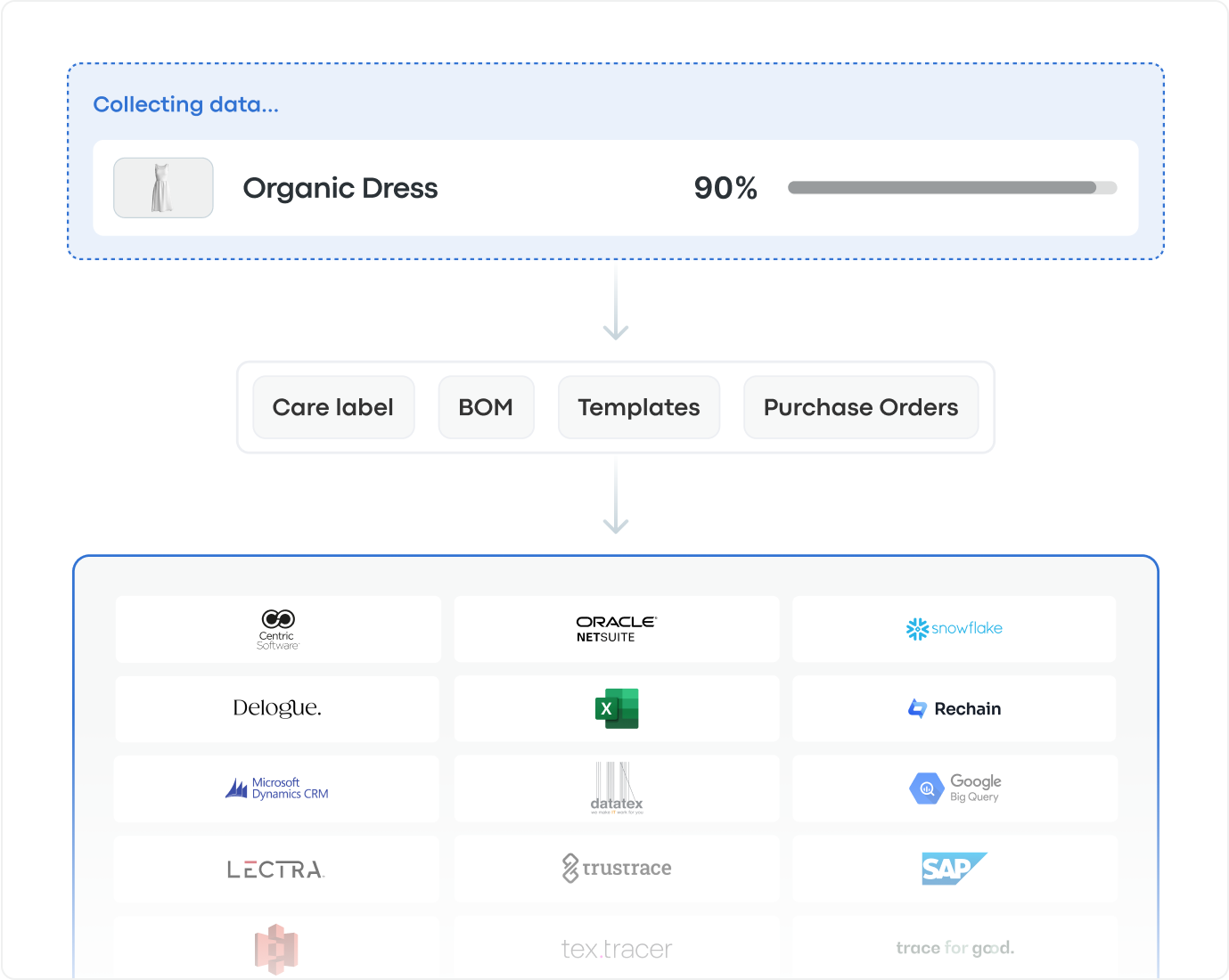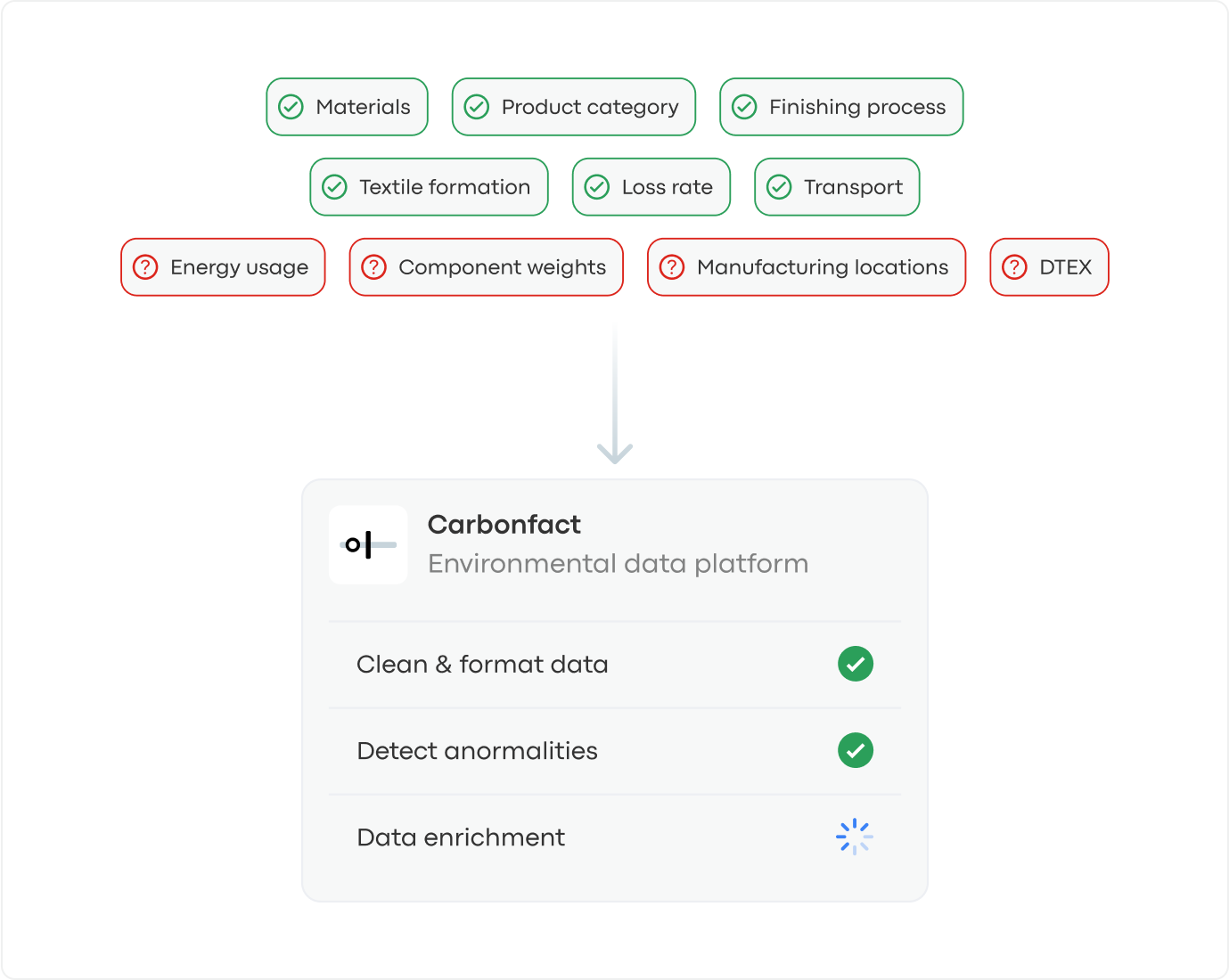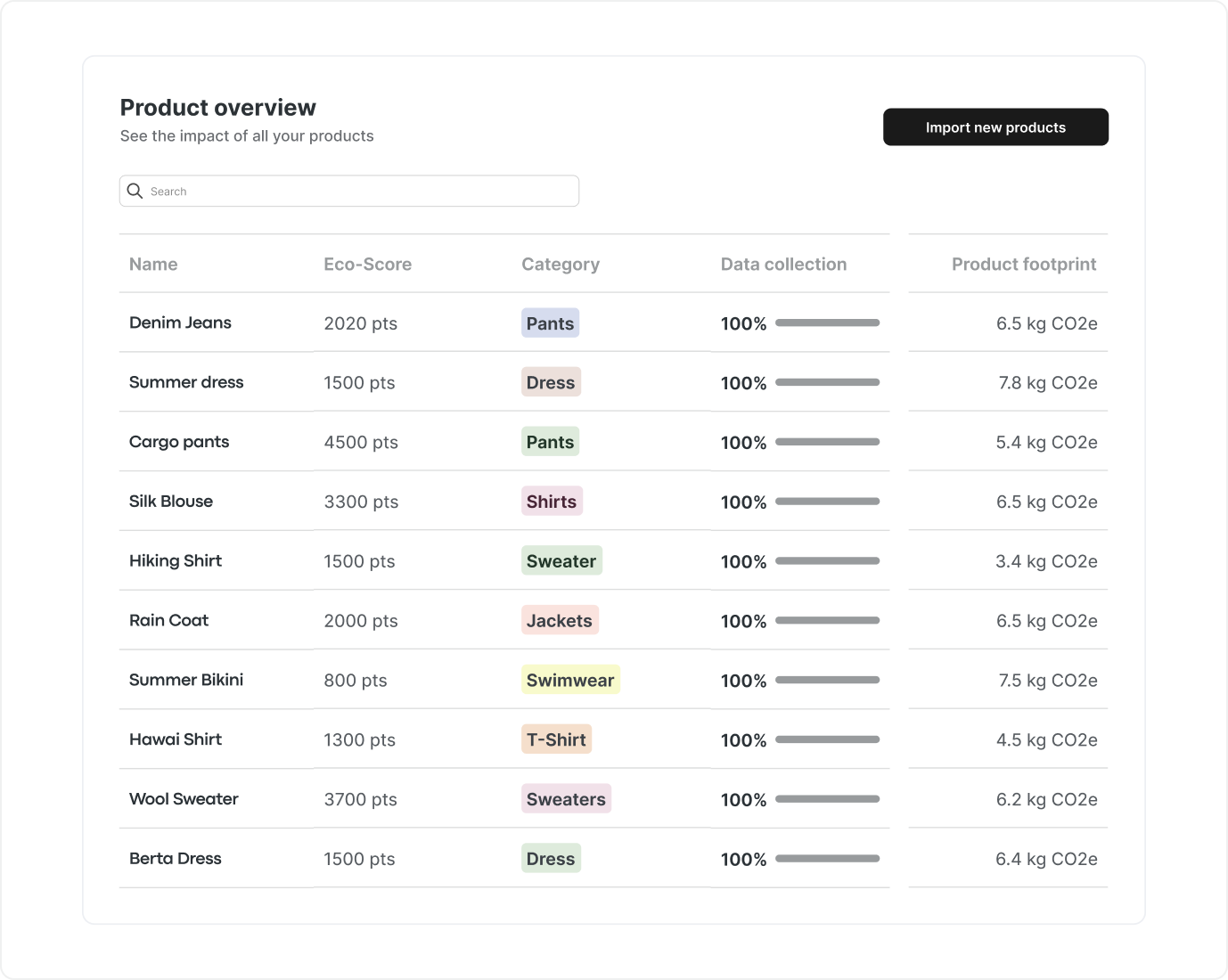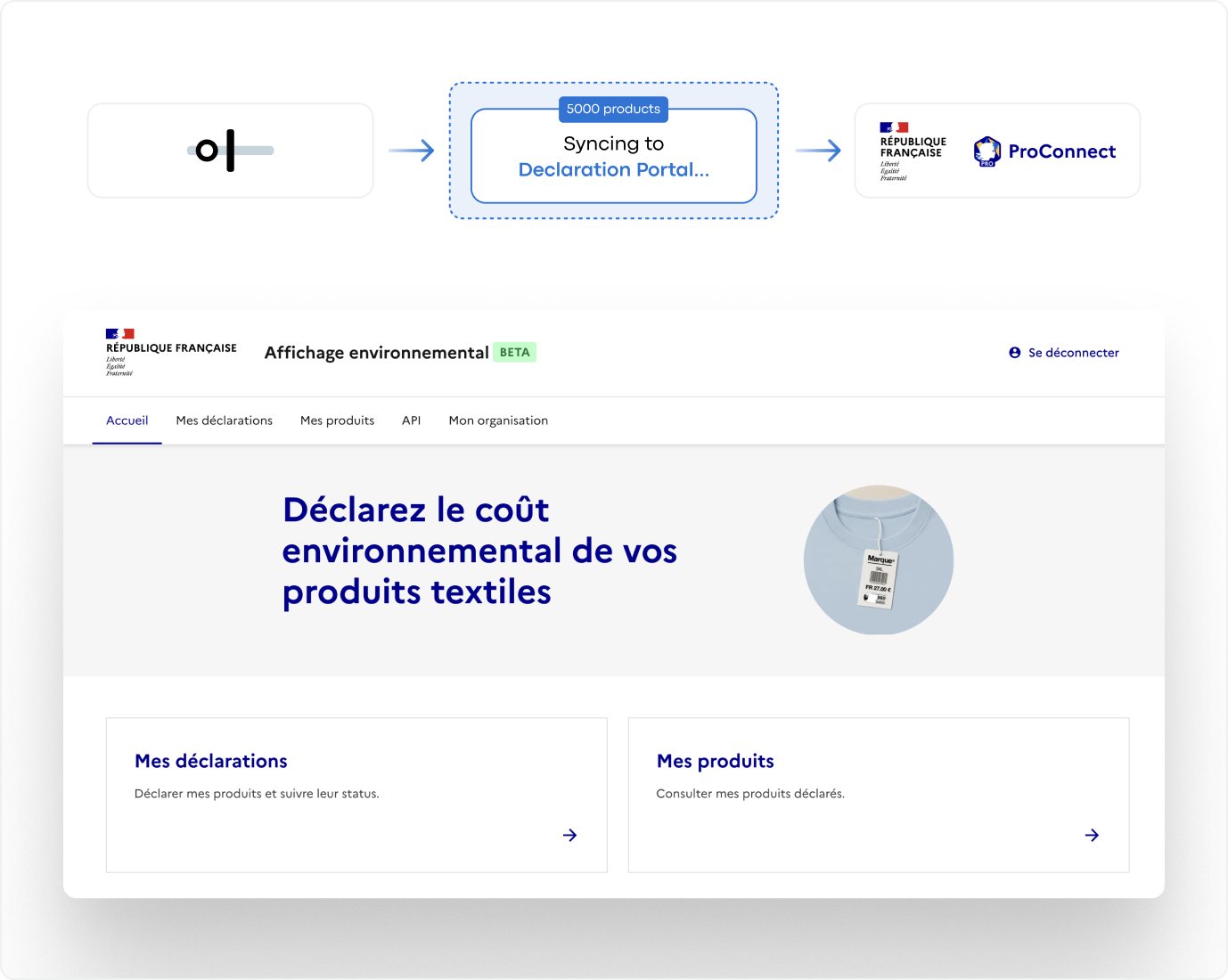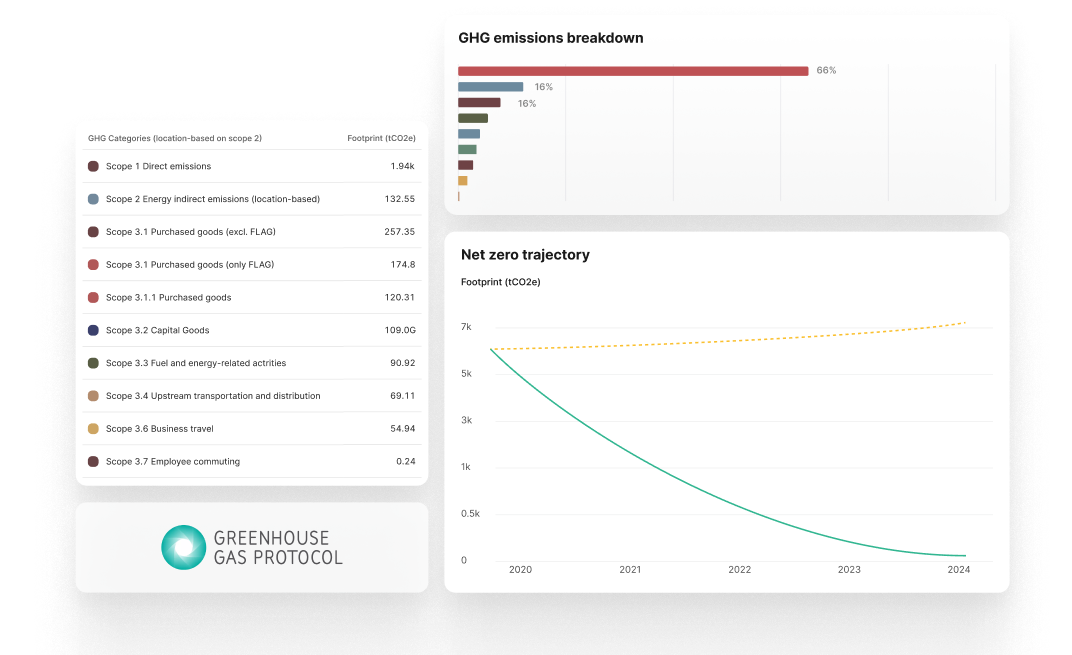Incomplete or incorrect data? If key product details like component weights, dtex or locations are missing, Ecobalyse applies conservative defaults — increasing your environmental cost. Carbonfact avoids this by automatically filling your gaps using smart rules created by running more than 50+ million textile LCAs, leading to more accurate, more favorable Eco-Scores.
In just 15 minutes, this on-demand webinar gives apparel and footwear brands a clear overview of upcoming requirements for the French Eco-Score, who they apply to, and how to prepare.











